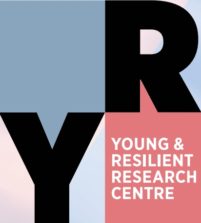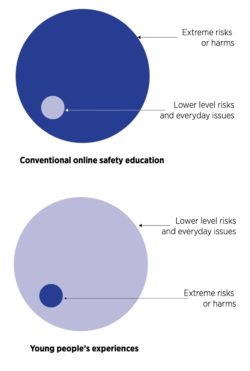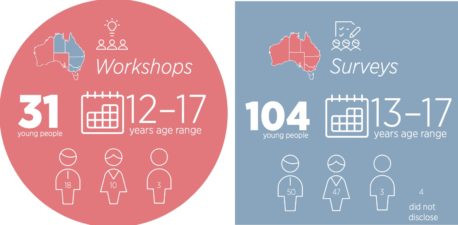It’s Safer Internet Day – the 20th one. The first, in 2004, was celebrated by 13 EU countries and Australia, this year’s being marked in 180 countries and territories.
 There couldn’t be a better way for NetFamilyNews to mark the day than to train the spotlight on how young people themselves have reimagined the teaching of Internet safety, and that was done in Australia by two leading lights in youth voice and participation: Project Rockit and the Young & Resilient Research Center at Western Sydney University.
There couldn’t be a better way for NetFamilyNews to mark the day than to train the spotlight on how young people themselves have reimagined the teaching of Internet safety, and that was done in Australia by two leading lights in youth voice and participation: Project Rockit and the Young & Resilient Research Center at Western Sydney University.
They released their report, “Reimagining Online Safety Education Through the Eyes of Young People,” today. Co-designed with young people, it’s sourced in workshops with 135 Australians aged 13-17. It centers their safety concerns rather than adults’. So, instead of “the extreme and the online,” as in the past, this report focuses on “the more routine, everyday safety issues young people deal with, within which extreme risks are embedded” and how “online safety issues play out across both online and offline settings.”
The competencies they’re looking for
So what do they need to thrive and feel safe online as well as offline? They came up with five capacities: communicating effectively; building respectful relationships; establishing, maintaining and respecting boundaries (which they see as crucial to establishing one’s identity, values and expectations in relationships); cultivating resilience (which includes learning how to assess and navigate risk); and thinking critically.

Do you see, as I do, what this collection of competencies says about how young people see “safety” online and offline? It’s just safety and learning how to navigate life and relationships wherever they play out, right? And they’re folding social-emotional learning and media literacy into the capacities they feel they need.
The importance of consent and agency
To make (online) safety instruction more relevant, it can’t just be about extreme harms such as cyberbullying and grooming, youth say: “While young people are concerned about these extreme risks, their everyday concerns are about navigating the complexities of social relationships and the daily dramas that play out within friendships and peer circles.” So make the curriculum about how to 1) navigate all kinds of online interaction, positive, negative and everything in between, 2) have consent and agency over their personal information, 3) get support and support their peers when things go south online.
I’ll let you go to the report to see how to workshop that.
But if you’re developing an online safety curriculum (or collaborative learning at home), keep your kids involved throughout. Though the competencies adolescents want and need are evergreen, the culture (youth, popular, societal, digital, whatever) keeps changing, and they’re the innovators who know what’s going on and the experts on young people’s lived experience you’ll want on your team. Otherwise, the curriculum will be outdated about when it launches.
Related links
- Also released on Safer Internet Day: Snap, Inc’s research on and release of its Digital Well Being Index. Surveying 6,000+ 13-17 year-olds in six countries, it found that, while 76% had experienced at least one online risk in the latest three-month period, 84% said social media had a positive influence on their daily lives. Snap also reported that, based on their level of agreement with sentiment statements in five areas such as positive and negative emotions, relationships and achievement, 10% of the young respondents were “Flourishing,” 43% “Thriving,” 40% were “Middling” (a mix of favorable and unfavorable) and 7% were “Struggling.”
- From the Pacific to the Atlantic: A report from partners on both sides of the pond: “15 Ways to Engage Youth Within Your Company and Why You Should Do It,” or the Kids Included Report, from so many partner/contributors, including LEGO, Sesame Workshop, Super Awesome, the Young & Resilient Research Center at Western Sydney University, Harvard’s Berkman Klein Center, European Schoolnet, UNICEF and many others
- “Models of Youth-Adult Collaboration for Public Media” from the Joan Ganz Cooney Center and Sesame Workshop
- About online risks: For adults who, for any reason, need to get a better handle on the risk side of the online risk-opportunity spectrum, here is “Classifying and responding to online risk to children,” a guide to good practices with Europe-wide case studies from no better source: European SchoolNet and the digital parenting researchers at the London School of Economics. Read about it in the Parenting 4 a Digital Future blog.


[…] For SID 2023: What youth want ‘online safety’ to teach – NetFamilyNews.org […]